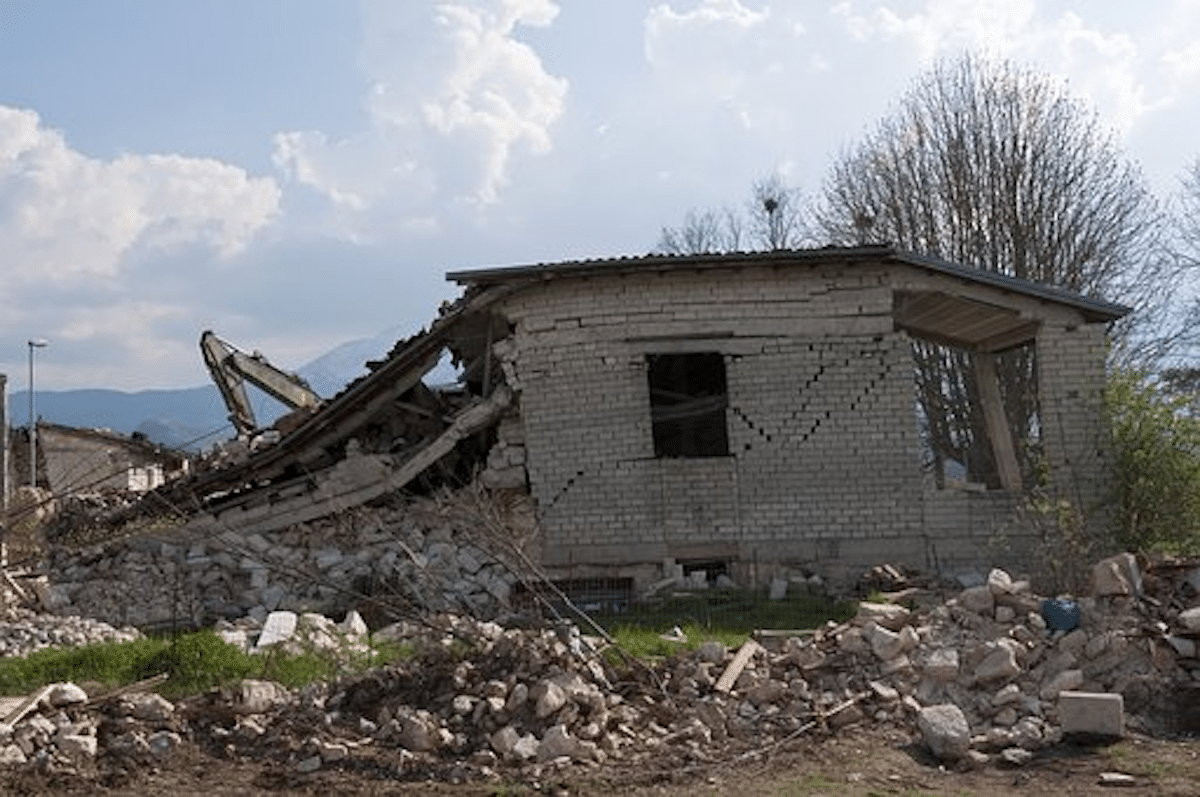Table of Contents
Illinois has experienced earthquakes for hundreds of years, but there is no written record of any significant events taking place before the middle 1800s. The earliest recorded earthquake was in 1833 when a magnitude five quake occurred along the New Madrid fault.
Since then, Illinois has had an average of 12 earthquakes per year; however, since 1980 (which had a meager number of earthquakes), the standard has been around 32 earthquakes per year.
Causes of Illinois Earthquakes
The main reason for this significant increase in earthquake activity is due to advances in technology. The first seismic station was installed in Illinois in 1973, which led to better instrumentation, additional stations installed in the late 1970s and ’80s, more earthquake research, etc.
The increase in information has allowed us to understand why earthquakes are happening here, the hazards involved with them, and how you can prepare for them.
A great way to prepare yourself for earthquakes is to get earthquake insurance. When an earthquake strikes, it can be devastating. Even the most modern buildings are not designed with earthquakes in mind, and structural damage is typical.
Earthquake Magnitude
Luckily, only about 2% of all earthquakes in Illinois reach a magnitude over six, meaning you will likely be safe and is a reason to love Chicago and Illinois. The magnitude is considered to be the level at which moderate damage takes place.
Earthquakes at this level will also cause larger cracks in the ground and more permanent changes to the landscape, which can be a hazard if you live in an area that experiences heavy rain.
The majority of earthquakes that have taken place since 1980 have been around magnitude 4 or 5 on the Richter scale. In Illinois, most events of this magnitude will only result in slight damage to buildings like tiny cracks in the wall, broken windows, and pictures falling off walls.
For example, during a magnitude five earthquake in Moline, Illinois, reports found only one building severely damaged its roof rafters after the quake subsided.
Geological Setting of Illinois Earthquakes
Illinois is located on top of the North American plate. The North American Plate is a very thick continental plate consisting of the North American continent and an oceanic crust surrounding it.
Earthquakes in Illinois tend to happen around the intersection between two tectonic plates called the New Madrid Seismic Zone (NMSZ). This zone extends from just East of Memphis, Tennessee, to Canada, where earthquakes are more frequent.
The New Madrid Seismic Zone is not the only fault in Illinois that has caused earthquakes, and three others have been detected. They are located in East Central Illinois along the Wabash Valley Fault and around the Shawnee Hills region.
What to Expect in the Future
The NMSZ is very active and will continue to cause earthquakes in Illinois for the next couple of million years. However, it’s not all doom and gloom, as many scientists believe we will only see an increase of about 3% per year. The rise isn’t nearly as high as in California, which has seen a surge of around 7% annually over the past few decades.
The New Madrid Seismic Zone has the possibility of causing earthquakes stronger than seven on the Richter scale. If one of these occurred, it could cause damage to buildings such as your house and other large buildings, cracks in the ground, and possibly even broken sewer lines which can create a mess if sewage is leaking into basements.
If you were to ask a random person on the street whether they thought Illinois should be concerned about earthquakes, most people would likely say no; however, we know differently.
The increase in earthquakes since 1980 has been significant and is most likely due to advancements in technology, but 2% of these are strong enough for moderate damage, so preparing for them is always a good idea.
Featured Image Credit: Pixabay


